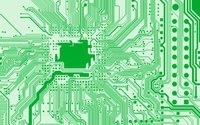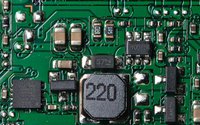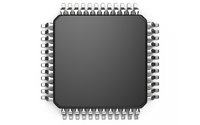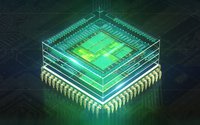Notes on constant temperature and humidity test
Date:2024-06-07 11:22:13
The purpose and importance of chip aging testing
Date:2024-06-06 10:42:10
Introduction to Dust and Waterproof Performance Testing of Components
Date:2024-06-06 10:41:59
Common electronic components and their detection details
Date:2024-06-05 14:11:50
The purpose of constant temperature and humidity testing
Date:2024-06-05 14:11:12
The application of semiconductor detection technology in the field of electronic equipment
Date:2024-06-04 13:52:30
Common screening items for electronic components
Date:2024-06-03 14:29:57
The importance and application of corrosion resistance testing for metal materials
Date:2024-06-03 14:29:41
Content and importance of environmental stress screening tests
Date:2024-05-31 11:45:19




 Weixin Service
Weixin Service

 DouYin
DouYin
 KuaiShou
KuaiShou































